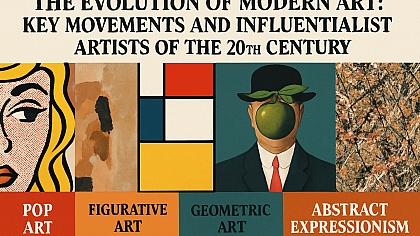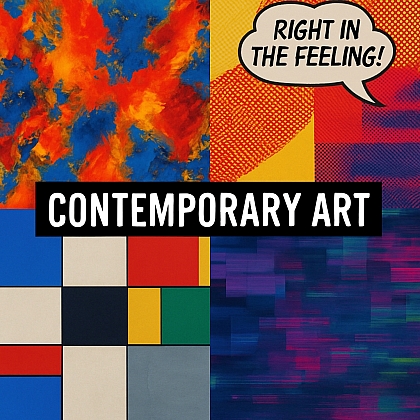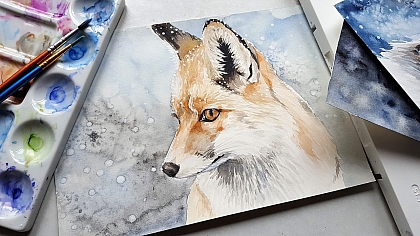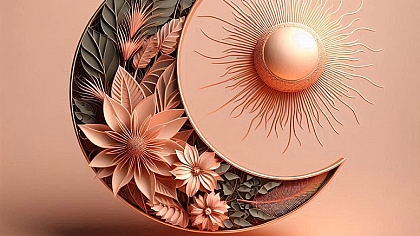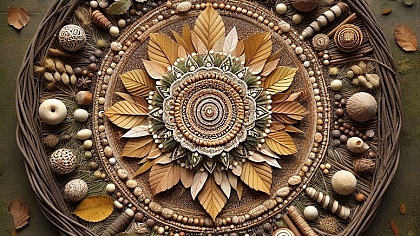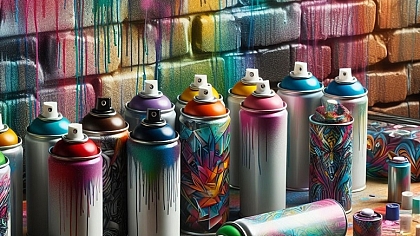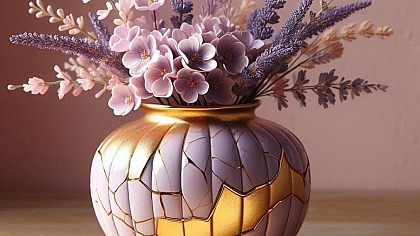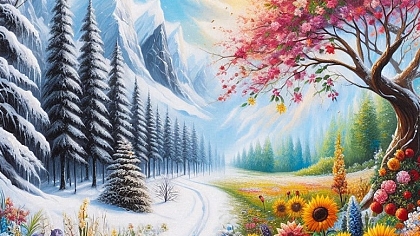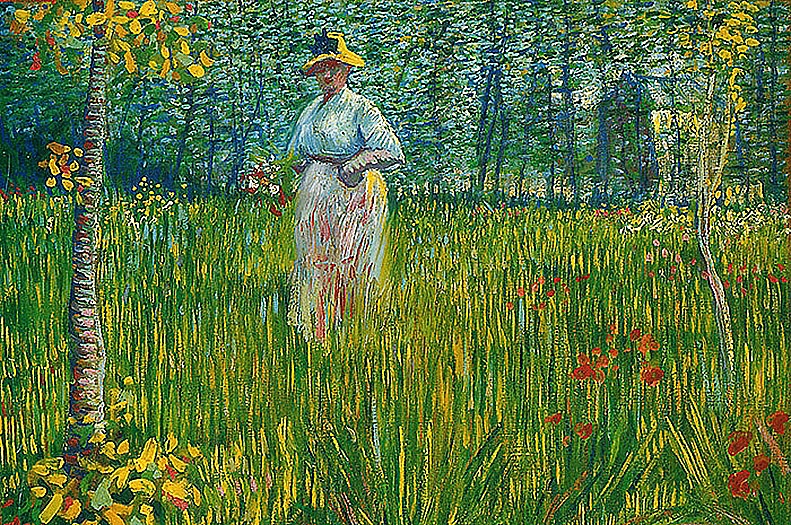
10 Most Famous Artists of All Time
With time, many famous artists have come into this world and gone out of it, and to make a concise list of who was the best is a very difficult task. Individual preferences may vary as different people like different kinds of art from around the world.
Here are some of the most famous artists whose work remained popular long after their passing and it is safe to say that they are some of the best artists the world has ever seen.
Leonardo da Vinci
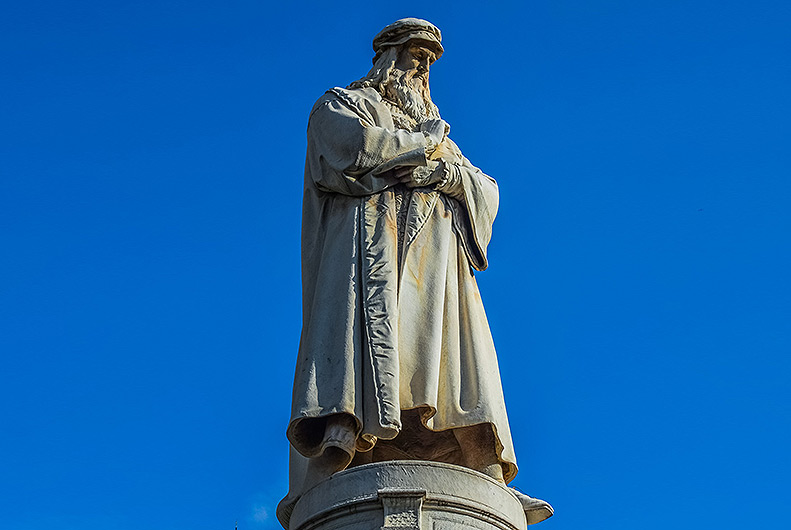
Lived from 1452-1519, Leonardo da Vinci is one of the most popular artists of the Italian Renaissance. Most commonly known as the painter of the world-famous Mona Lisa, Leonardo da Vinci was famous for many other things including the paintings “Last Supper” and “The Lady with an Ermine” along with many superb drawings of the human body.
One of the most interesting things about Leonardo da Vinci was his planned inventions some of which he was never able to see a production of as his thinking was 500 years in the future; automobiles, tanks, and aircraft could not be comprehended by people at that time. Leonardo da Vinci’s contribution to the Italian Renaissance was immense and he is one of the most popular historical figures of all time; even today his works are not fully understood.
Michelangelo
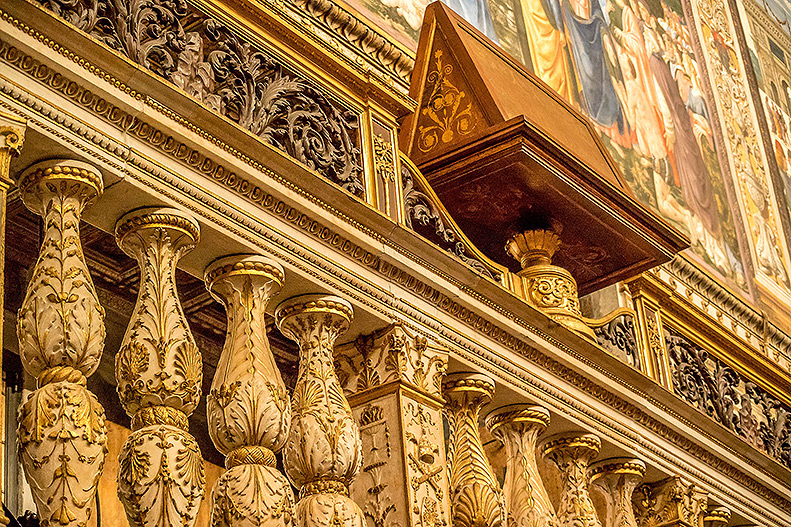
Lived from 1475-1564, like Leonardo da Vinci, Michelangelo was another word famous Italian Renaissance artist. The painter behind the Sistine Chapel, Michelangelo was not only famous for his paintings but he was also an architect and a sculptor, he even wrote poetry.
Young artists of the 21st Century still look to the art of Michelangelo for inspiration; some of his famous works include the sculpture of David and Pieta, the St. Peters’ Basilica in Rome, the carving of Moses on the tomb for Pope Julian II, and the design for the Laurentian Library at San Lorenzos’ church. Michelangelo was also the painter of The Last Judgement.
Vincent Van Gogh
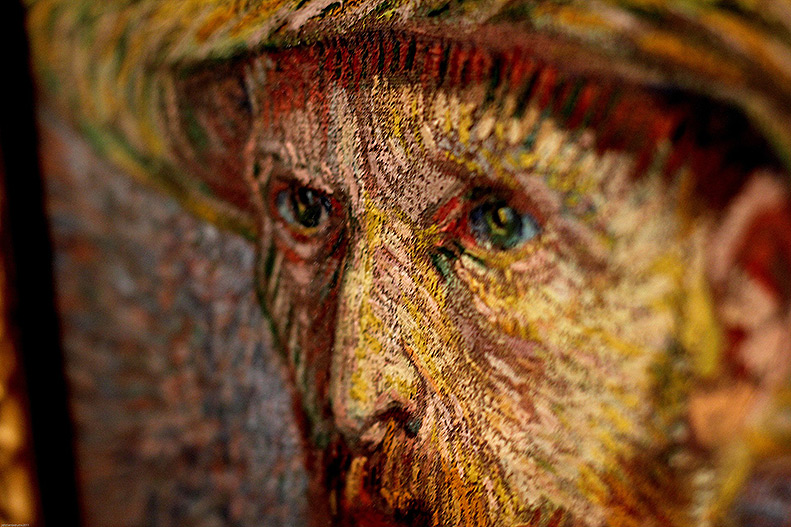
One of the most tragic stories of any artist, Vincent Van Gogh lived a life of misery and died before his works were recognised meaning he did not know that he was to become famous. Born in 1853, Vincent Van Gogh started as an art dealer and travelled a lot before falling into depression. He began to paint in 1881 and was financially supported by his older brother but although the money sent to him was to cover his living expenses, he spent it all on alcohol, tobacco, and painting materials. Vincent Van Gogh was diagnosed with a mental disorder and spent time in and out of psychiatric hospitals, he neglected his health and was often ill preferring to spend his days in a drunken stupor.
One famous incident in Van Gogh’s life was when, during an argument, he took a razor and severed part of his ear. In 1890 he shot himself in the chest, but to add insult to injury, it took him two days to die. Van Gogh’s crude style of painting reflects his lifestyle as he would use thick brushstrokes with paint squeezed straight from the tube; he was considered a failure during his lifetime and it is very surprising how he became famous after his death. His most famous works are “Sunflowers” and “Starry Night”.
Pablo Picasso
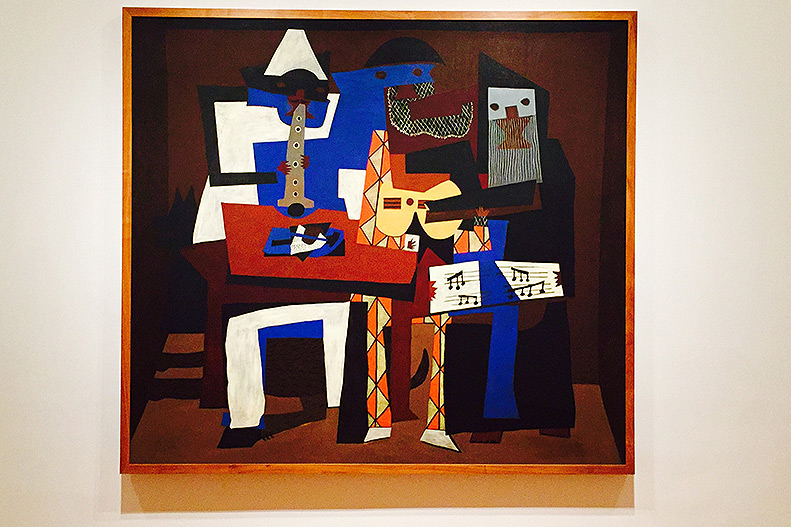
Out of all the 20th-century artists, the name Pablo Picasso holds the most weight. Born in 1881, Pablo Picasso was a Spanish Painter who spent most of his time in France, where he “co-founded” the Cubist movement (Arabian art styles using geometric patterns for centuries). Picasso painted from memory and sometimes added sand to his paint to add texture. Originally, Pablo Picasso painted as a rival of the artist Henri Matisse.
Unlike most painters, Picasso only used paint as an expensive element and tended to rely on drawings to create form and space. Evidence suggests that common house paints were used in many of Picasso’s paintings. Alongside some famous paintings including Guernica and Les Demoiselles d’Avignon, Picasso is credited with the co-founding of the Cubist movement, the invention of constructed sculpture, and the co-invention of collage.
Pablo Picasso was also a sculptor, printmaker, ceramicist, and theatre designer, he is also considered by some to be the father of modern art. He died in 1973.
Claude Monet

Born in 1840, Claude Monet was a French painter whose work was rejected by the conservative Academie des Beaux-Arts encouraging him and several artists to form the Anonymous Society of painters, sculptors, and engravers for the independent exhibition. His most famous painting, Impression Sunrise depicts a port landscape and coined the term Impressionism for that particular style of art, therefore, crediting Monet as being one of the founders of French Impressionism.
The Franco-Prussian war forced Monet and his family to take refuge in London and then the Netherlands where he continued painting. Upon returning to France, Monet purchased a small boat which he used as his floating studio. Claude Monet painted many landscapes and landmarks but rather than focusing on the whole subject, he preferred to focus on a certain part and how different times of the day and the passage of the seasons make the light reflect in different ways, for example, a building. The efforts of Claude Monet helped French artists to be freed from the constraints of conservative artboards. He died in 1926.
Rembrandt

Commonly remembered by just his first name, Rembrandt Harmenszoon van was a Dutch draughtsman, painter, and printmaker. Born in 1606, Rembrandt never travelled abroad but was largely influenced by Italian artists and was also an art collector and dealer. He covered a wide range of subject matter ranging from portraits and landscapes to historical and Biblical scenes.
Although the number of paintings and drawings produced by Rembrandt is disputed, it is believed to number in the hundreds. The style of Rembrandt’s paintings varied throughout his life but there is one feature that made his artwork stand out, the ability to capture the inner feelings of his subjects via carefully painted facial expressions. One of the artists of the Dutch Golden Age, Rembrandt died in 1669.
Johannes Vermeer
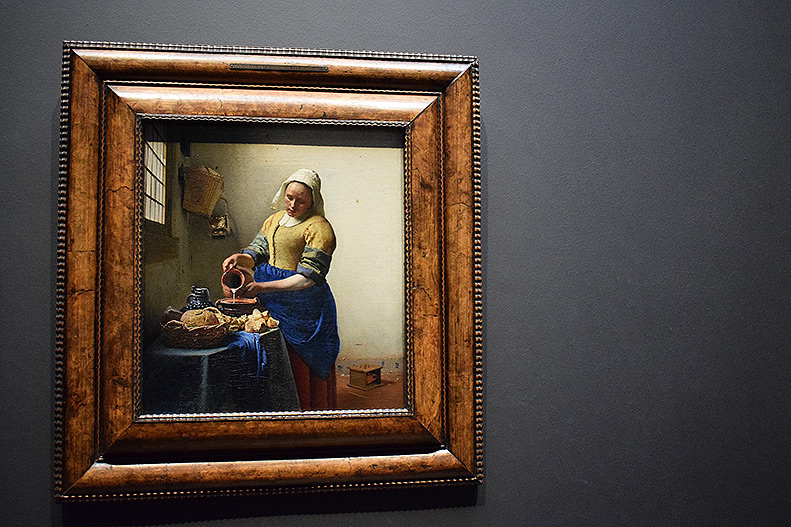
Another artist from the Dutch Golden Age like Rembrandt, Jan Vermeer was born in 1632. The setting for almost all his paintings was two rooms in his house in Delft with the furniture rearranged in different ways. Jan Vermeer’s paintings were of such a high calibre, with perfect lighting, that there is a great controversy regarding whether or not he had a mechanical aid such as an optic or a camera.
No evidence of such a thing was found in his possession and he wasn’t particularly wealthy, after he died in 1675 he left his wife and children in debt; he was, however, friends with lens make Antonie van Leeuwenhoek. Jan Vermeer was famous for his excellent use of expensive pigments like Lapis Lazuli.
Frida Kahlo
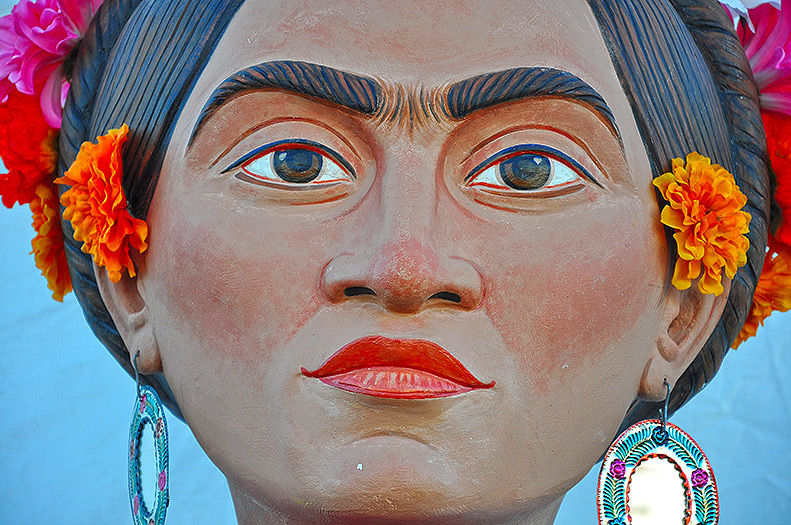
Born in 1907, the female, Mexican painter Frida Kahlo was left bed-bound for three months due to an accident involving a bus, when she discovered a talent for painting. Due to the trouble, she received due to her accident and the belief that the doctors weren’t doing their job properly to help heal her, many of her paintings had a medical theme with open wounds and expressions of pain.
Kahlo believed she knew herself best making her the subject of her paintings along with imagery from Aztec mythology and deep symbolism. Her paintings were based on magical realism also known as New Objectivity. Frida Kahlo died in 1953.
Salvador Dali
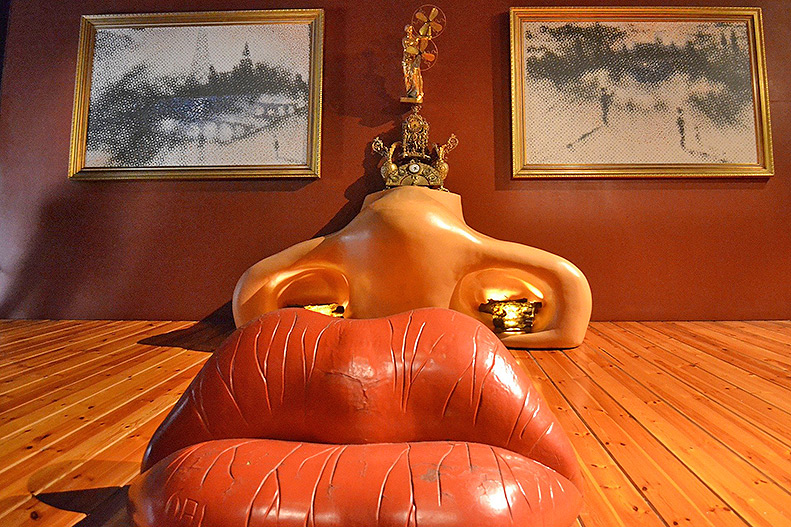
One of the oddest painters of all time, Salvador Dali was a surrealist artist, famous for his striking and bizarre artwork. The Spanish artist was born in 1904 and studied fine art in Madrid. Dali was deeply influenced by Renaissance painters and the styles of Impressionism and Cubism but he used a style he made himself in his work.
Salvador Dali often used food as symbolism in his work, the famous melting clocks in The Persistence of Memory were directly inspired by Camembert cheese. Alongside colourful, symbolic art, Salvador Dali also had a colourful personality, he once gave a lecture armed with a 12-foot-long baguette!
Raphael
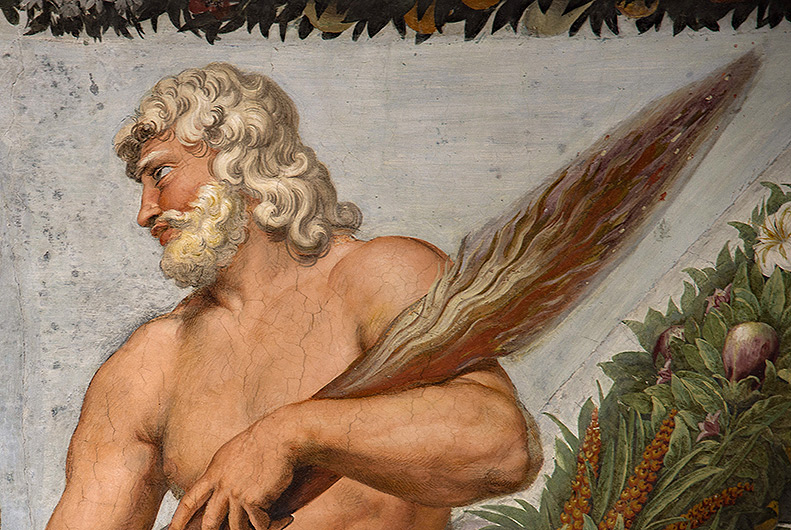
Born in 1483 Raphael (Raffaello Sanzio) was one of the legendary Italian Renaissance painters alongside Leonardo da Vinci and Michelangelo. Born to a court painter who painted for the Duke of Urbino and it is believed this is where Raphael began his training.
When Raphael was eleven years old his father died so the orphan was forced to take over his workshop; Raphael soon surpassed his senior’s work and was commissioned to paint for the Church of San Nicola in Castello in 1500, Raphael became the apprentice of Pietro Vannunci also known as Perugino; during the four-year apprenticeship, Raphael developed a unique style of painting as seen in the religious works The Three Graces, Mand Crucifixion, The Knights Dream and Marriage of the Virgin.
He mainly worked on frescoes with Perugino. After his apprenticeship Raphael moved to Florence in 1504, where he studied the works of Leonardo da Vinci; Michelangelo, and several others which inspired his series of “Madonnas” and the Entombment. In 1508, Raphael moved to Rome where he painted frescoes cycles In the Room of the Signatura and Room of the Heliodorus in the Vatican.

